AO Edited
Cedar Avenue of Nikkō
Stretching for 22 miles, the world's longest tree-lined avenue dates back to the early 17th-century.
Despite not being a single continuous road, the Cedar Avenue of Nikkō is listed in the Guinness Book of World Records as the longest tree-lined avenue in the world. It’s also the only cultural property designated by the Japanese government as both a Special Historic Site and a Special Natural Monument.
After the death of Tokugawa Ieyasu, the founder of the Tokugawa shogunate, the grand Nikkō Tōshōgū shrine was established to entomb his remains. Samurai lords from across the country traveled to Nikkō to visit his grave and pay respect to the great shogun, and the road from Edo (today’s Tokyo) to Nikkō was rapidly renovated. Matsudaira Masatsuna, a samurai lord who served Ieyasu in his youth, began planting cryptomeria trees imported from Kii Province to honor his former master, continueing to plant them for over 20 years until his death. By 1648, about 15,000 trees had been planted along the Cedar Avenue.
After Masatsuna’s death, the trees were handed over to the governor of Nikkō, who tended them with the utmost care. Despite numerous discussions of lumbering, the Cedar Avenue was protected and preserved by both the government and the public. Even today, nearly 400 years after the first planting, about 12,500 trees have survived despite the road still being active.
Because of vehicle exhaust emissions and development in the area, an average of more than 100 trees die every year, putting Cedar Avenue in danger of disappearing in less than 100 years at the current pace. To protect this historic site, Tochigi Prefecture established an “ownership program”: those who wish can purchase one of the trees for 10 million yen (approx. 95,000 USD), which funds conservation of the trees. Currently, 412 people own 553 of the cryptomeria trees along the Cedar Avenue of Nikkō.
Know Before You Go
The Cedar Avenue consists of three roads split between the towns of Ōsawa and Nikkō, Ogura and Imaichi, and Imaichi and Ōkuwa. Although one of the most easily accessible spots for tourists is right near the Tōshōgū Shrine (obviously), Suginamiki Park—which is near Kami-Imaichi Station—is also a good contender: it was established as part of the conservation of the Cedar Avenue, and contains a 19th-century wooden building and watermills.
Plan Your Trip
The Atlas Obscura Podcast is Back!






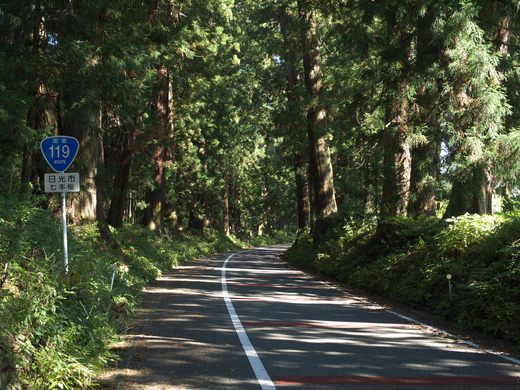
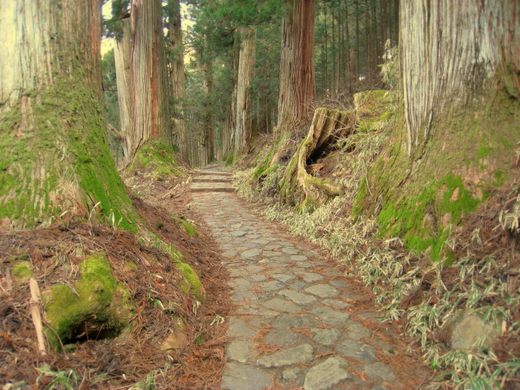
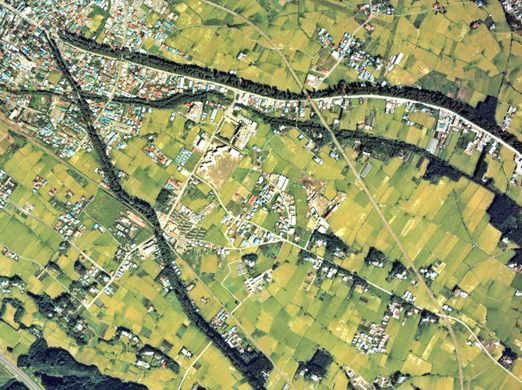


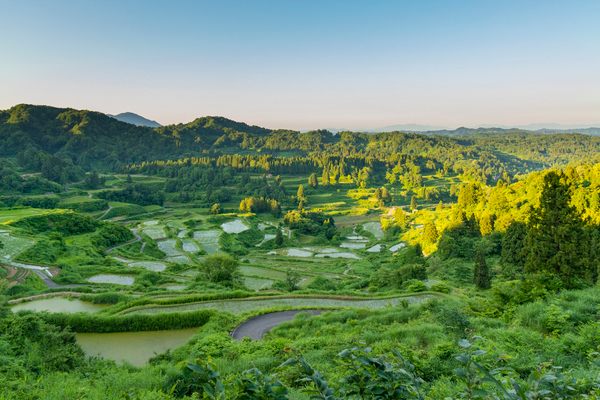

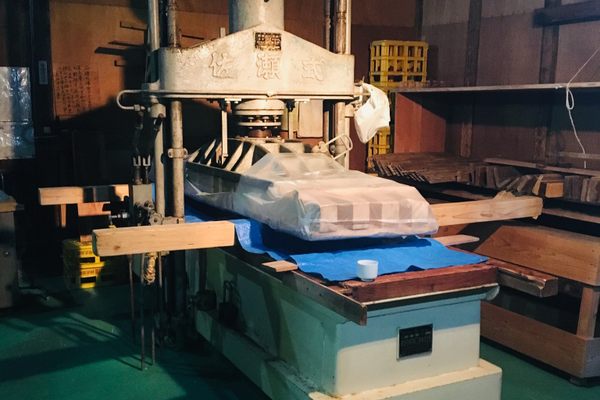








Follow us on Twitter to get the latest on the world's hidden wonders.
Like us on Facebook to get the latest on the world's hidden wonders.
Follow us on Twitter Like us on Facebook